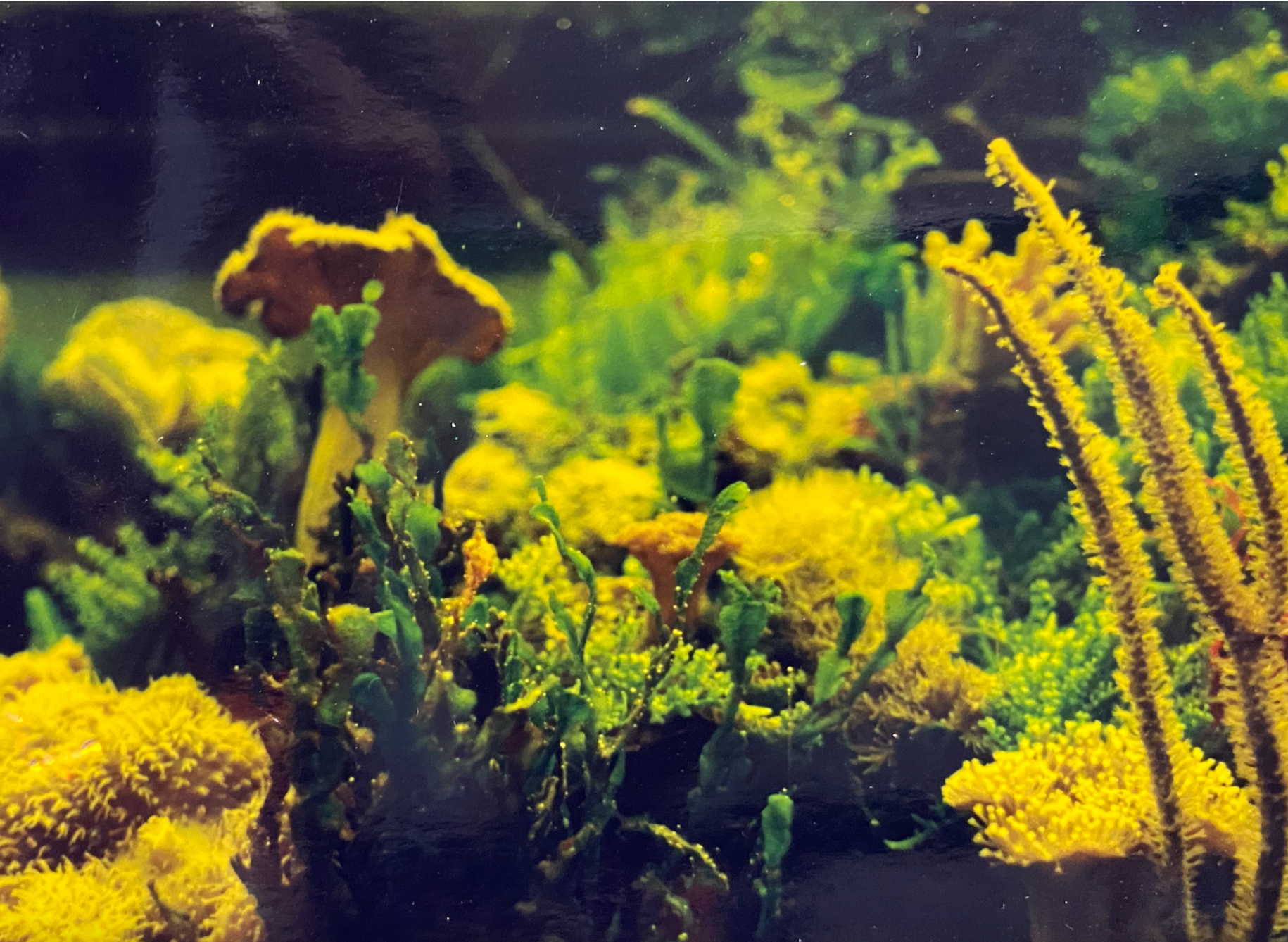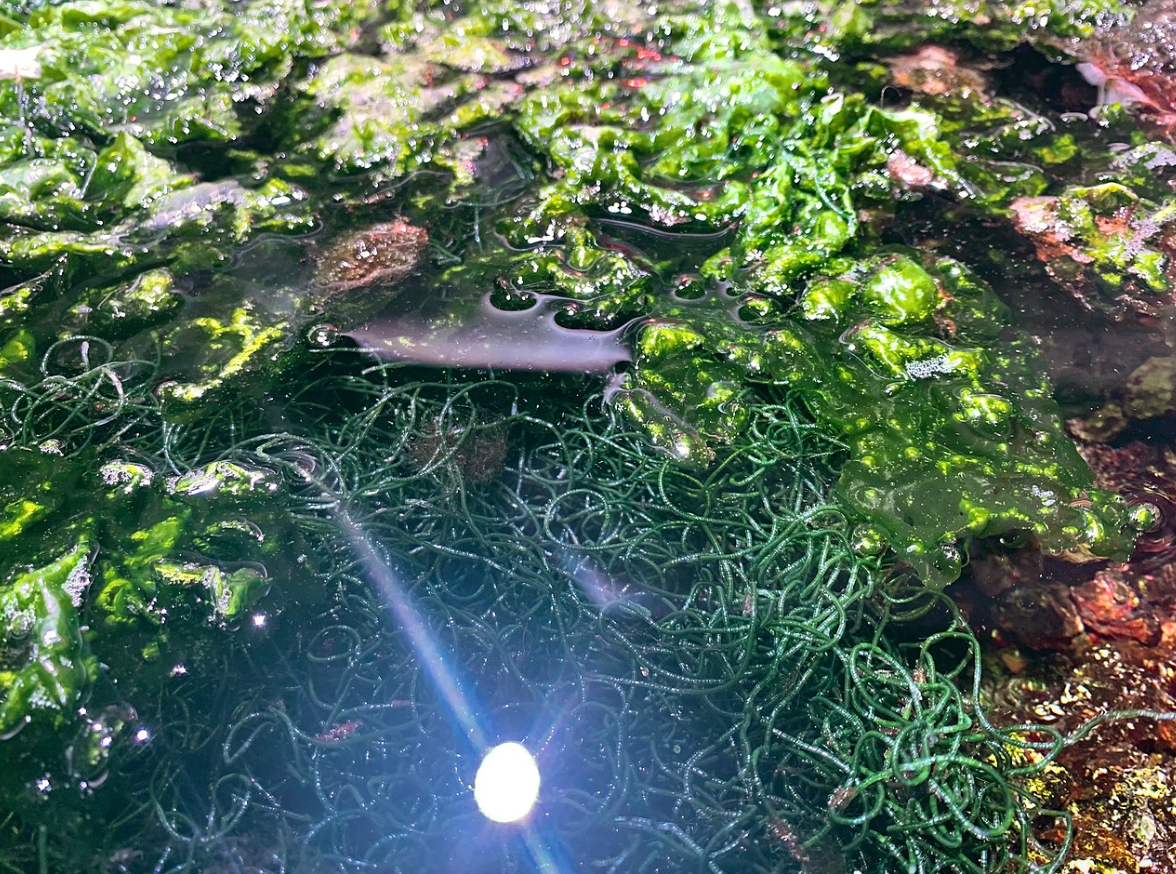Many people have turned to growing macroalgae as a means to export nutrients for years. This has proven to be a solid method of managing nitrates and phosphates that when dialed in appear to have no negative impact on a system. While there may be no visible impact I think it’s worth examining if there’s an impact on what we can’t see. Could there be potential negative side effects to having a refugium? After a quick literature search, it appears a large amount of literature has been published on the inhibitory effects of macroalgae on coral growth.

In one study, water-soluble extracts from the brown algae (Lobophora sp) were added to Porites colonies. The microbiome was measured before and after this addition. After addition, it was found that the crude metabolites produced by the algae induced significant shifts in the coral’s holobiont. Noticeable takeaways were a substantial decrease in Endozoicomonas concentrations (a known coral symbiont that assists in structuring the holobiont as well as the coral’s immune response). Additionally, the microbiome shifted primarily to Gammaproteobacteria – notably, a large amount of Hahellacea and Vibrio.
Overall, there was an increase in alpha diversity, likely due to a loss of the regulatory capacity of Endozoicomonas. This shift is theorized to be caused by a mixture of allelopathic compounds that transfer from the surface of the algae either through direct physical contact or via the water column to the coral’s mucus and a large amount of dissolved organic carbon (DOC). Macroalgae produces a high concentration of DOC – the majority of these compounds are sugar molecules that are produced as a byproduct of typical metabolism. These two elements work in tandem to destabilize the coral via the introduction of biotic stress – the coral produces an immune response and has many of its core functions downregulated due to the allopathic compounds while the high level of localized DOC causes constitutive gene expression in many symbionts, which can in turn lead to the “good guys” entering a virulent state and becoming “bad”.
https://pubmed.ncbi.nlm.nih.gov/27795310
Another inhibitory effect this study found was that exposure of coral larvae to Lobophora extract led to significant mortalities and prevented larval metamorphosis. The concentration applied in this portion of the study was 93% lower than the average concentration of the compounds naturally found in algal tissue. Because the extracts studied were water soluble, it’s not hard to imagine if other macroalgae species produce similar compounds there could be a profound effect on coral if these were allowed to build up in a closed system.
In addition to this primary article, I also read a review paper that analyzed the existing literature on allelopathic compounds produced by macroalgae. It found that the most described target for macroalgae allelopathy was Acropora. The impacts were dependent on the species of algae. Writ large contact with macroalgae-induced bleaching slowed growth rates, reduced photochemical efficiency, and inhibited coral larval settlement.
https://www.ncbi.nlm.nih.gov/pmc/articles/PMC8346039
While many of these studies don’t assume the exact species of macroalgae that are common to use in our systems, it would be worth examining the contents of both aqueous and organic extracts from something like Chaetomorpha to evaluate if they produce similar allelopathic compounds. This would be easy for anyone with access to GC-MS, LC-MS, or an H-NMR machine. Another thing to consider is if carbon, ozone, or protein skimmers actively remove these compounds from the system. This is not meant to instruct people on what to do with their systems, rather it is meant to generate discussion and get people to ask logical questions about practices we have enacted for years in the hobby via a lens that takes into account existing scientific literature.
Main image credit Coughdrop12, CC BY-SA 4.0 https://creativecommons.org/licenses/by-sa/4.0, via Wikimedia Commons



